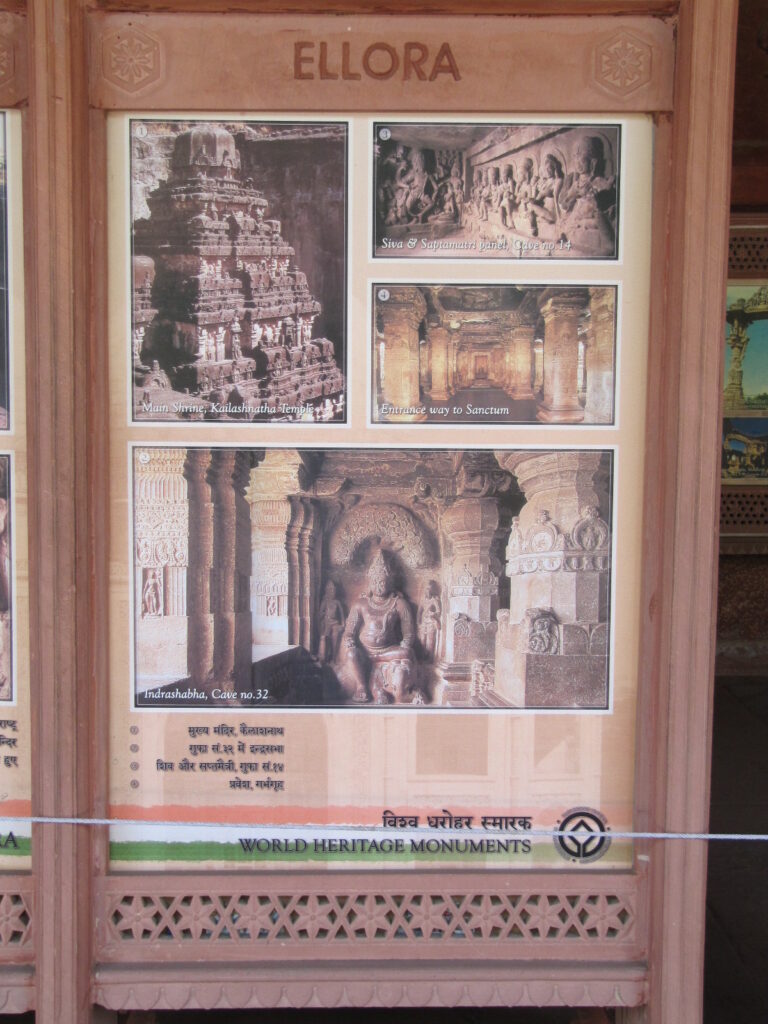Divine Confessions and Sacred Taboos:
Exploring the Foundations of Great Religions
Beezone, Ed Reither, ChatGPT

Religious traditions and spiritual lineages throughout history have been marked by a powerful tension between the transcendence they proclaim and the taboos they challenge. From ancient scriptures to modern mystics, declarations of divine identity or realization have often provoked profound reverence—or profound resistance. To study the great religions of the world is to explore these proclamations, their contexts, and their implications.
Consider the bold words of Meher Baba: “I am the Ancient One. When I say I am God it is not because I have thought about it and concluded that I am God—I know it to be so.” This statement echoes across millennia of spiritual history, where mystics like Mansur Hallaj, with his proclamation of “Ana al-Haqq” (“I am the Truth”), and figures in Buddhist tradition, such as Shakyamuni Buddha in the Lotus Sutra, point to similar transcendent truths. These declarations often push against societal norms, inviting awe and devotion while also incurring judgment, fear, or outright persecution. Hallaj, for instance, was executed for his mystical revelations, illustrating the recurring theme of conflict between human institutions and the divine experience they struggle to contain.

The story of such figures, however, does not end with their lives or their bold proclamations. Instead, their followers, inspired by their teachings and often yearning for deeper meaning, transform these confessions into sacred narratives. The sayings and lives of these individuals become woven into myths of divine revelation, tales of creation, and rituals of faith and devotion. These stories are not mere fabrications; they reflect the human need to connect with what these realizers embodied—the universal, non-separate divine reality.
From these origins, religions emerge. Jesus of Nazareth’s radical teachings on love and unity evolve into the doctrines, rituals, and liturgies of Christianity. Shakyamuni Buddha’s awakening under the Bodhi tree becomes the foundation for a rich tradition of meditation, moral precepts, and monastic practice. Even Adi Da’s provocative statements are, for his devotees, a lens into an ultimate reality that transcends all time and place.
In honoring these traditions, it is crucial to recognize the depth and sincerity of the faith they inspire. These myths and rituals provide frameworks through which countless individuals approach the sacred, offering a bridge between human experience and the divine mystery. They also serve to connect communities, sustaining practices of compassion, devotion, and ethical living.

Yet it is equally vital to emphasize that all great realizers were pointing not to an isolated and localized deity, but to a universal and indivisible divine reality. This reality—called by many names, including God, Truth, or Brahman—is not confined to one figure, one culture, or one tradition. It transcends form, reaching beyond the boundaries of dogma or myth.
When these teachings are misunderstood or narrowed into exclusive claims, the universal message can become obscured. The deification of a single individual or story often leads to divisions that the realizers themselves never intended. These figures consistently taught unity, love, and the dissolution of egoic separation. Their purpose was to awaken humanity to its inherent connection to the divine, not to create isolated objects of worship or sectarian divides.
Thus, the study of religion invites us to honor the profound truths embedded in sacred traditions while also looking beyond them to the universal essence they share. The teachings of great realizers remind us that the divine is not elsewhere or other, but here—immanent in the fabric of existence and inseparable from our own being.
To approach religion with this understanding is to recognize its highest potential: not as a means of separation, but as a path to unity, awakening us to the universal truth that underlies all life.
